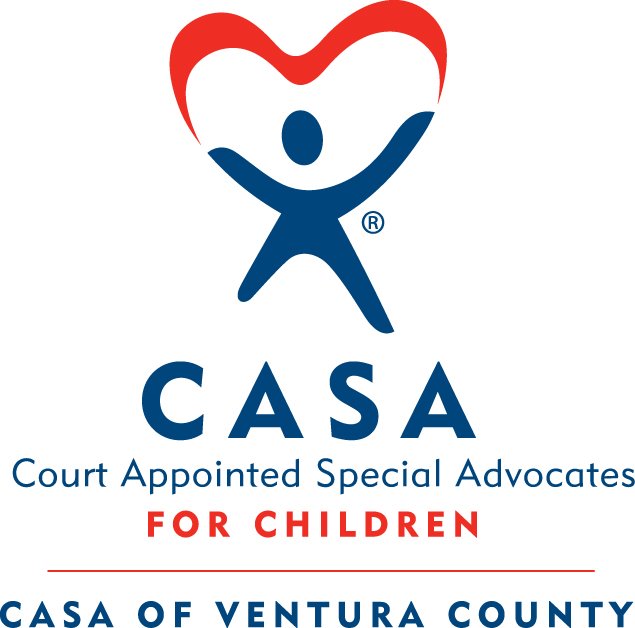In-Service CE: Attachment
What is attachment theory? Attachment is the deep and enduring emotional bond with a specific person (attachment figure) that affects us, “from the cradle to the grave.” Why is it important? Childhood experiences provide the blueprint from which all future relationships are built. Experiencing abuse, neglect, or other disruptions in attachment relationships can cause a fear of intimacy; feelings of shame; feelings of being unloved or unlovable; a distorted view of self, others and relationships; lack of trust; feelings of being powerless; and difficulty asking for help or relying on others. On the other hand, research shows that securely attached children have higher self-esteem, are more resilient, do better in school, are better able to manage their impulses and feelings, have healthier relationships, and have higher levels of trust and empathy. The good news is that attachment styles are always open to change; it’s never too late! Learn about the four different attachment styles, what attachment looks like in children and adults, what happens when attachment goes wrong, and how to help a child, a partner, or even yourself, move from an insecure attachment to an “earned secure” attachment style.
Joanne Marrs, MA, AMFT – Joanne graduated from Antioch University in Seattle and is an Associate Marriage and Family Therapist at Kids & Families Together. Joanne has been working with children and families involved in the child welfare system for the past seven years providing therapeutic support from a trauma-informed and attachment-focused approach. Joanne is also a trainer for the Pre-Service Training Program for Resource Family Approval at Kids & Families Together, facilitates support groups, and presents at various community trainings.
Presented by Kids and Families Together
Register by clicking the link below.
